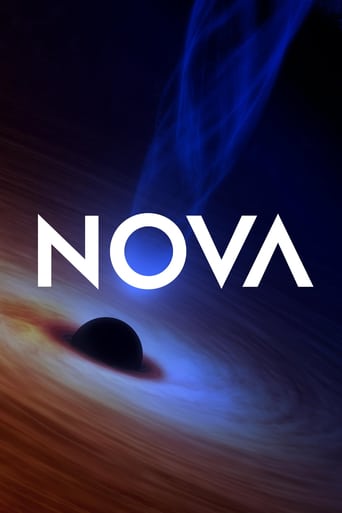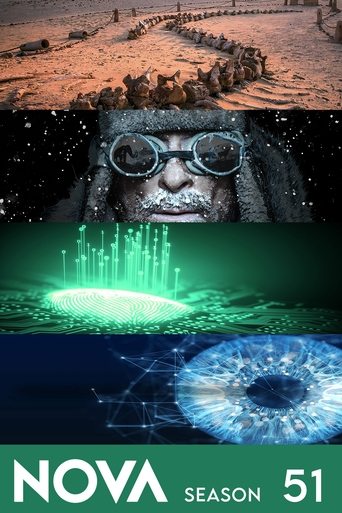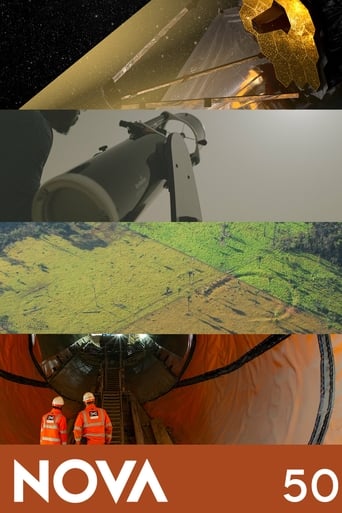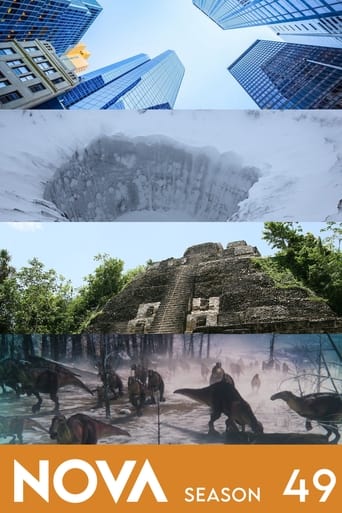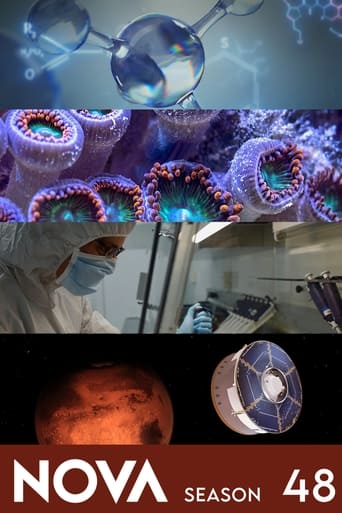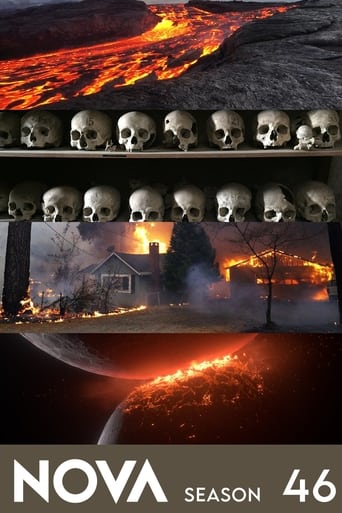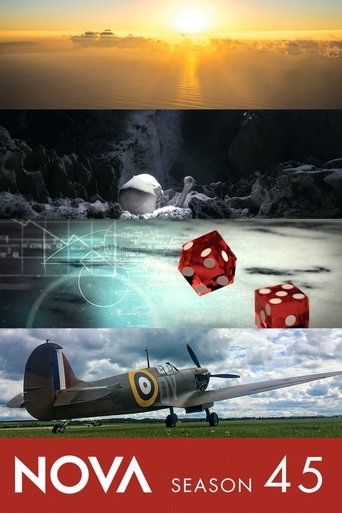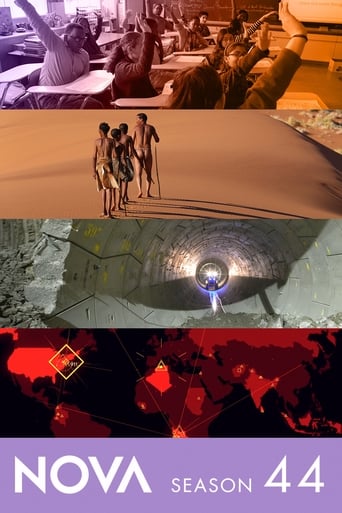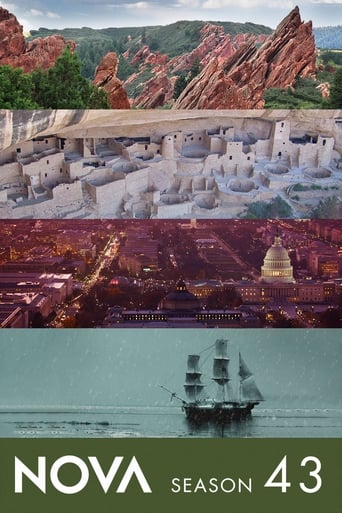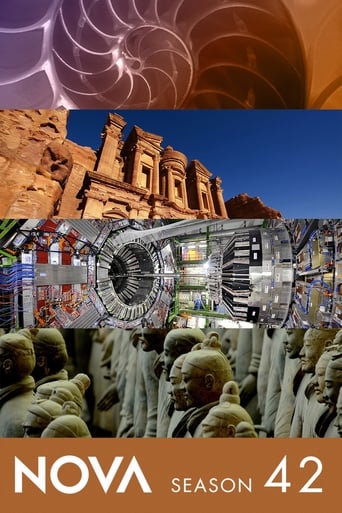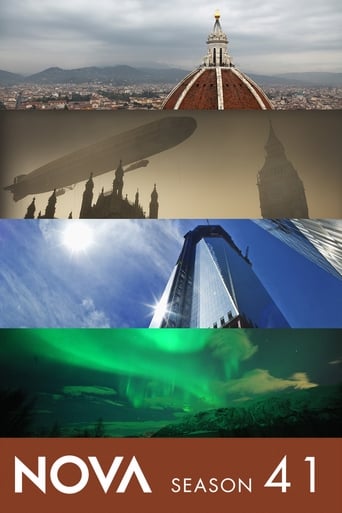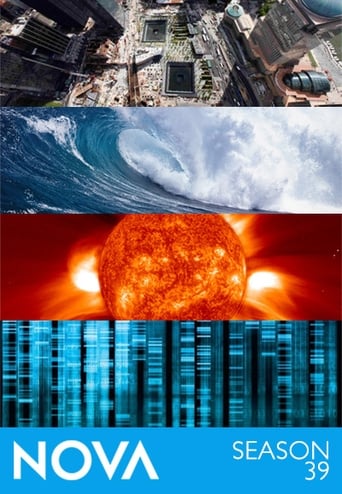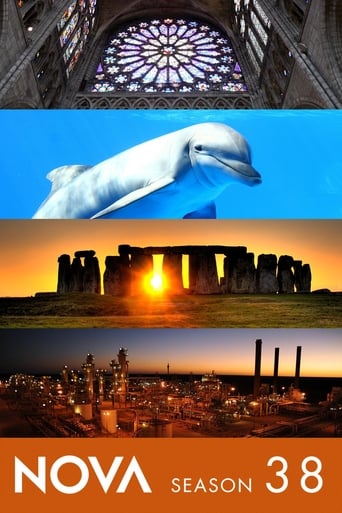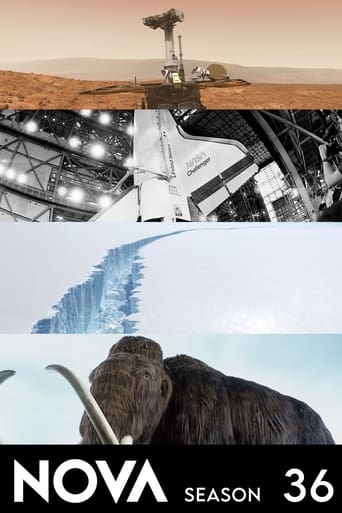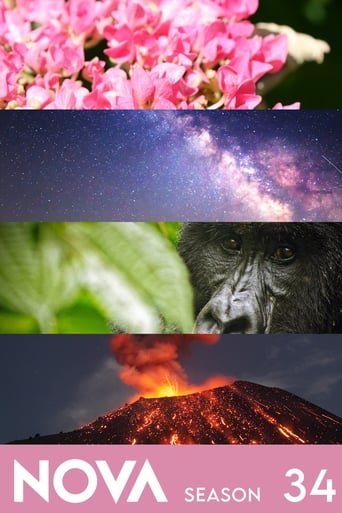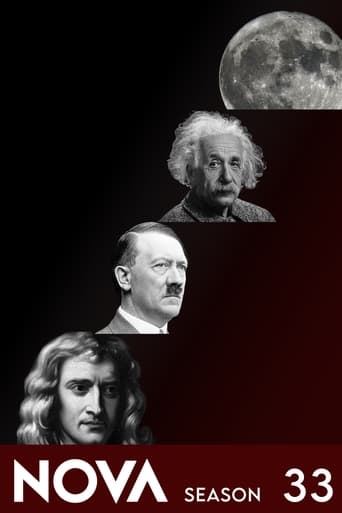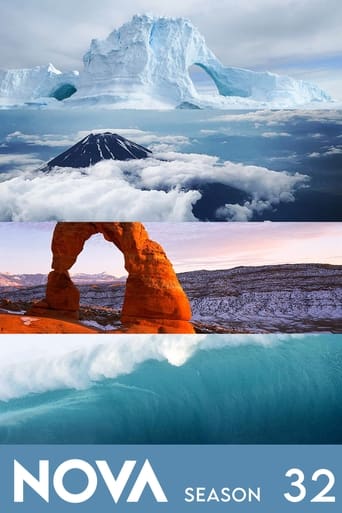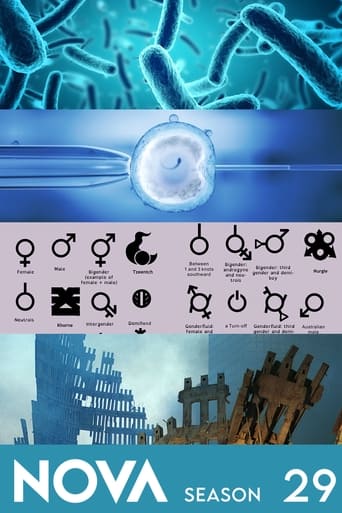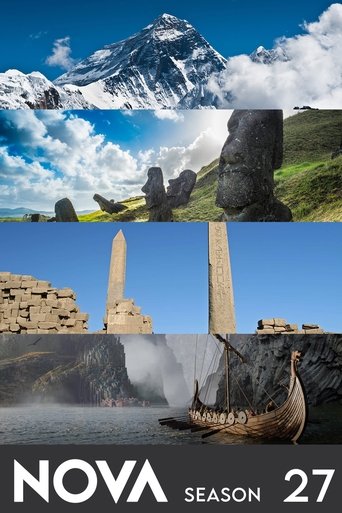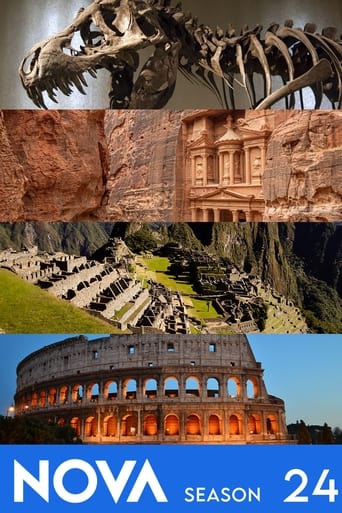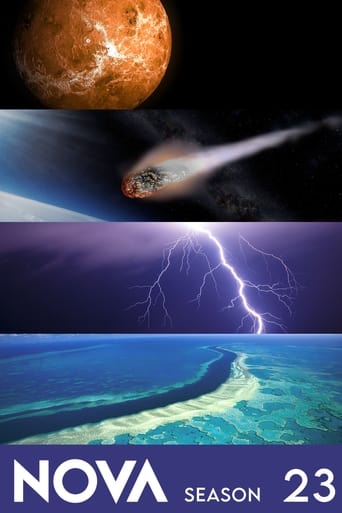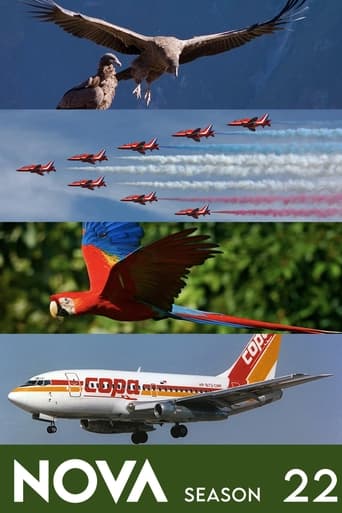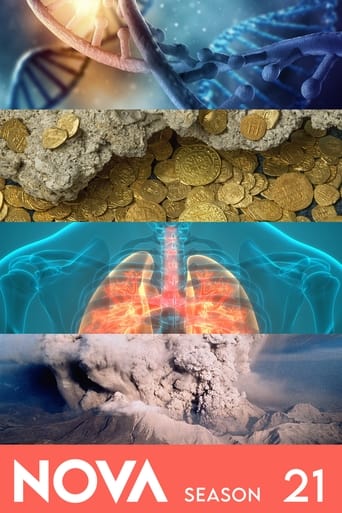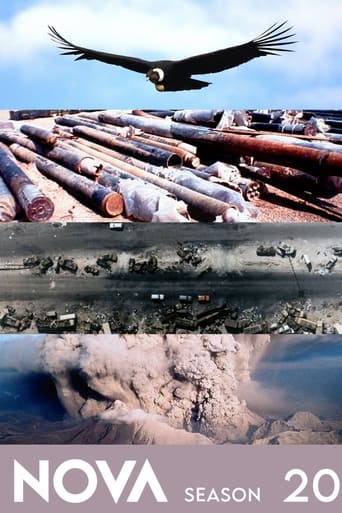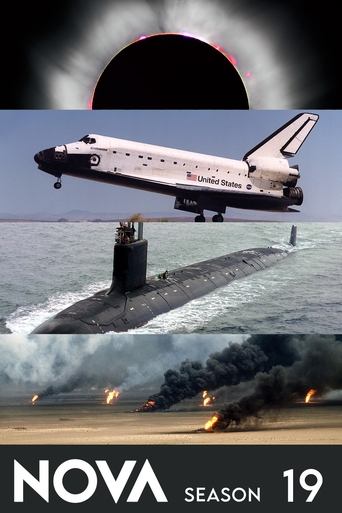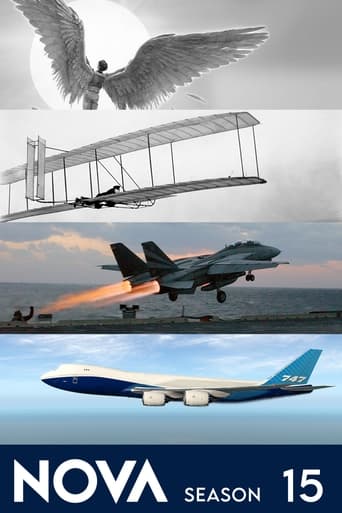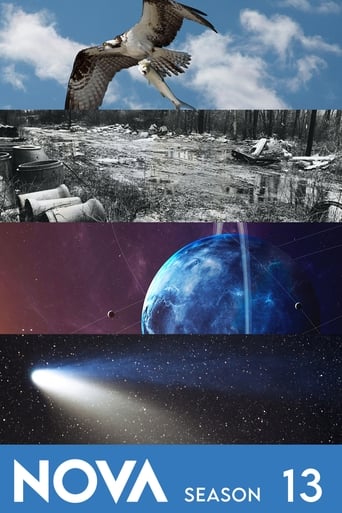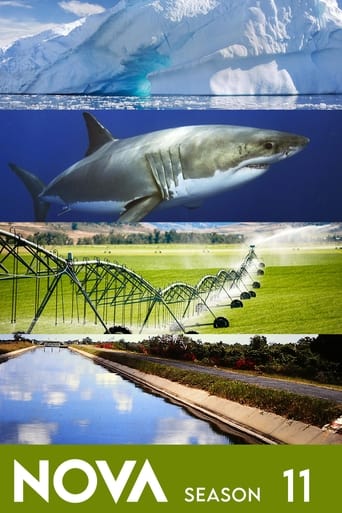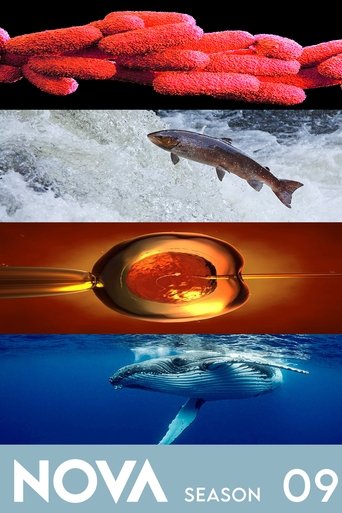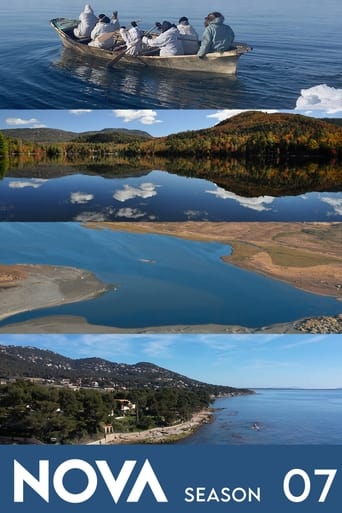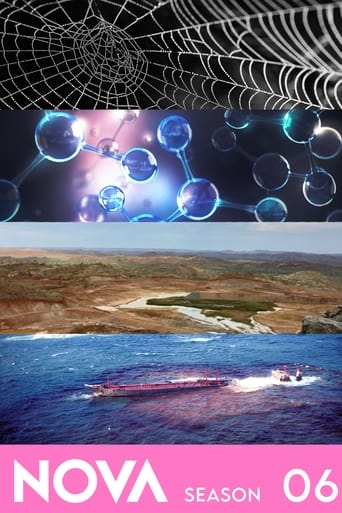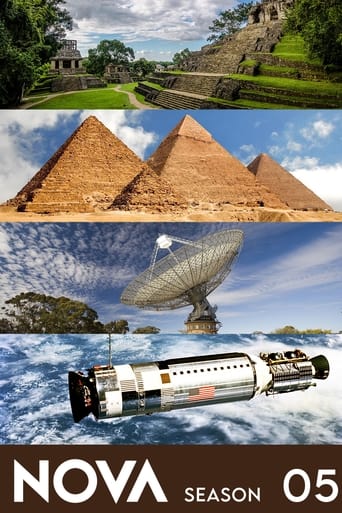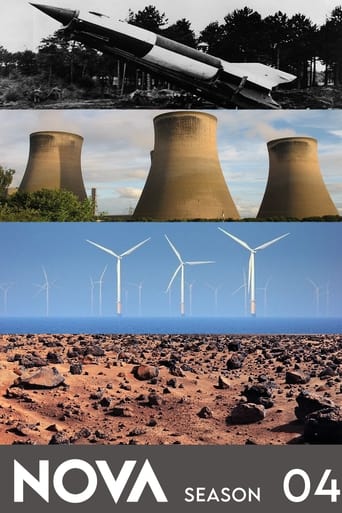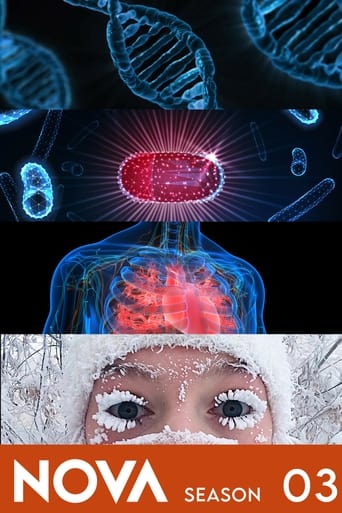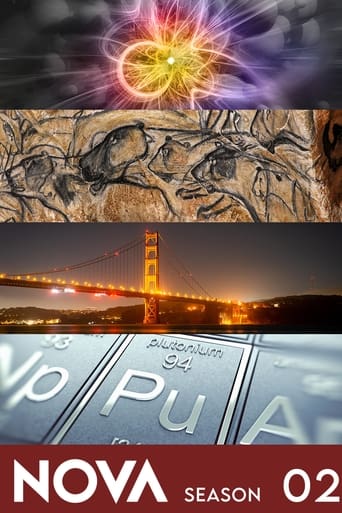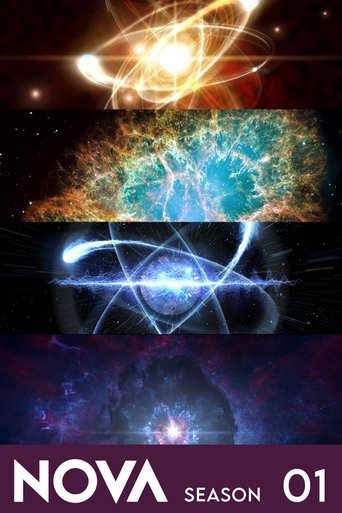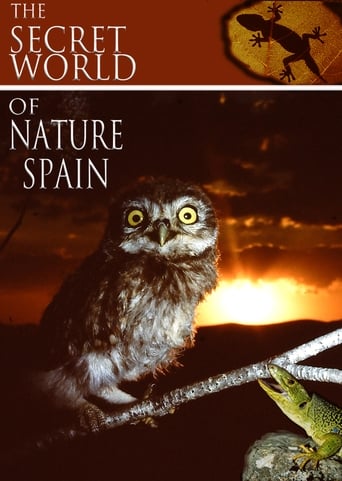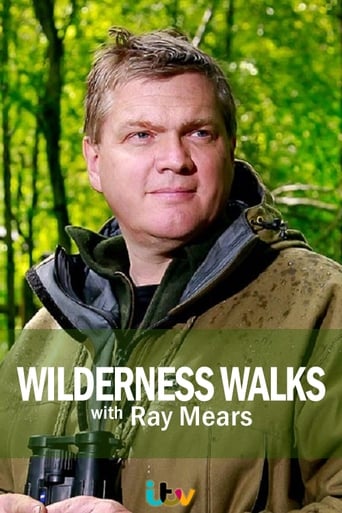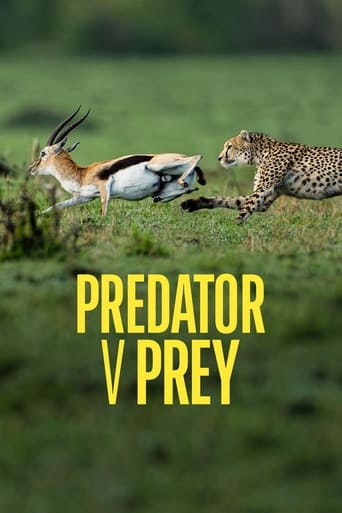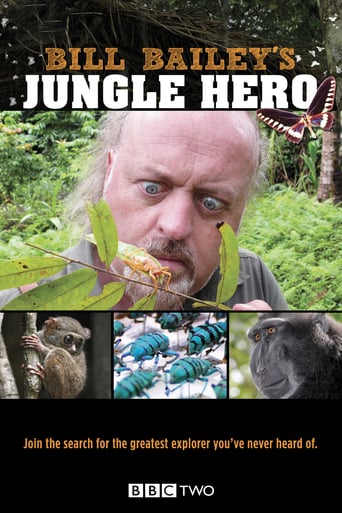NOVA Season 14
With 30 Day Free Trial!
NOVA
1974 / TV-PG
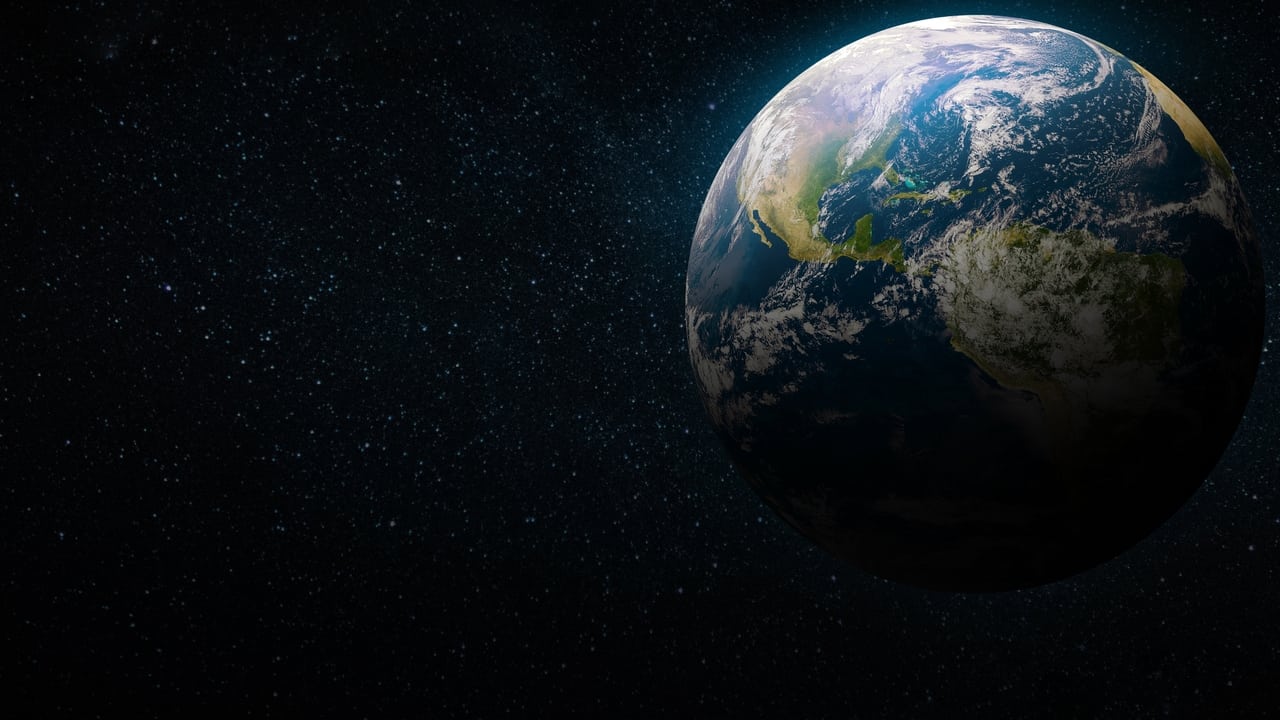
PBS' premier science series helps viewers of all ages explore the science behind the headlines. Along the way, NOVA demystifies science and technology, and highlights the people involved in scientific pursuits.
Watch Trailer
NOVA Season 14 Full Episode Guide
NOVA follows archaeologists as they unearth clues, some 7,000 years old, about an unknown, mysterious and advanced sea-faring people who lived along the North Atlantic coast of the United States and Canada.
A trail of evidence leading from a medieval abbey to a small town in Connecticut sheds new light on rheumatoid arthritis, a crippling inflammation of the joints with no known cause or cure.
NOVA joins underwater archaeologists as they explore the oldest shipwreck ever excavated, a richly-laden merchant vessel dating from the time of King Tut.
Princeton professor and author Robert Mark tracks down the engineering secrets of some of the beautiful buildings in the world including Notre Dame in Paris, St. Paul in London and the Roman Pantheon.
Millions live in the shadows of nature's ticking time-bombs—volcanos. NOVA accompanies scientists who are developing new techniques to predict when volcanos will erupt and how violently.
The Panama Canal opened in 1914 after a 30-year effort that dwarfed the building of the pyramids. Historian David McCullough navigates through the canal and tells the story of the human drama behind the engineering feat.
Is Detroit inventor Stanford Ovshinsky the new Thomas Edison? Japanese industries are betting that the genius behind amorphous materials-a simpler and less expensive alternative to silicon-is onto something big.
Plants produce some of the world's most potent chemicals in the fight against disease. NOVA follows the urgent efforts to track down new medicines in nature.
On the 25th anniversary of the Cuban missile crisis, NOVA investigates the spy planes and satellites that played a critical role in history and influence arms control today.
Why do stars explode and how is the energy generated? What is the effect of all those little “aftermath” particles floating through space? Nova: Death of a Star is a 60-minute science documentary that explores rare astronomical events in all their dimensions. The film features the 1987 explosion of a supernova - first observed by a Canadian astronomer in Chile - and discusses its impact on the universe. Witness the celestial phenomena that baffles the scientific community as you travel from South America to Japan to Cleveland. A discussion of supernova neutrinos is a special highlight of the tape.
In a case study of the strengths and weaknesses of the United States space program, NOVA chronicles the ambitious and long-delayed Galileo mission to Jupiter—still on the ground long after its planned May 1986 launch.
In rich and poor countries alike, once-productive farms are turning to desert because of mismanagement of water resources. NOVA examines the causes and cures of desertification.
All over the world, farmers are taking more from the soil than they return. NOVA reports on the soil crisis in world agriculture—a plight that has already resulted in massive starvation.
NOVA presents two hours of the best from its 14 seasons of exciting science coverage. A "talking" chimp, an exploding volcano and a sight-and-sound space video are but a few of the memorable segments. Richard Kiley hosts.
Harvard chemist George Kistiakowsky was an anti-Bolshevik soldier in 1919 Russia, an atomic bomb scientist at Los Alamos, a presidential advisor in the Eisenhower White House and an arms control activist. Shortly before Kistiakowsky death, he recounts his eventful career to interviewer Carl Sagan.
NOVA travels to Antarctica with an emergency scientific expedition to study a baffling "hole" in the Earth's protective ozone layer.
Fifty years after his death, the creator of psychoanalysis is still the subject of intense debate. Was Freud right or wrong? NOVA profiles the enigmatic man and his controversial legacy.
NOVA cameras travel to Borneo, one of the last habitats of the wild orangutans, where scientists study the endangered ape. Who is observing whom? It is not always clear.
Between 60 and 80 percent of all commercial airplane accidents are attributable to pilot error. NOVA looks at some shocking instances of pilot negligence and what airlines are doing to solve the problem.
NOVA examines a controversial theory that traces our ancestry to a small group of women living in Africa 300,000 years ago.
NOVA scans the universe with the infrared eye of IRAS—the Infrared Astronomical Satellite—and discovers never-before-seen comets, stars, galaxies and other celestial wonders and enigmas.
Free Trial Channels
Seasons


